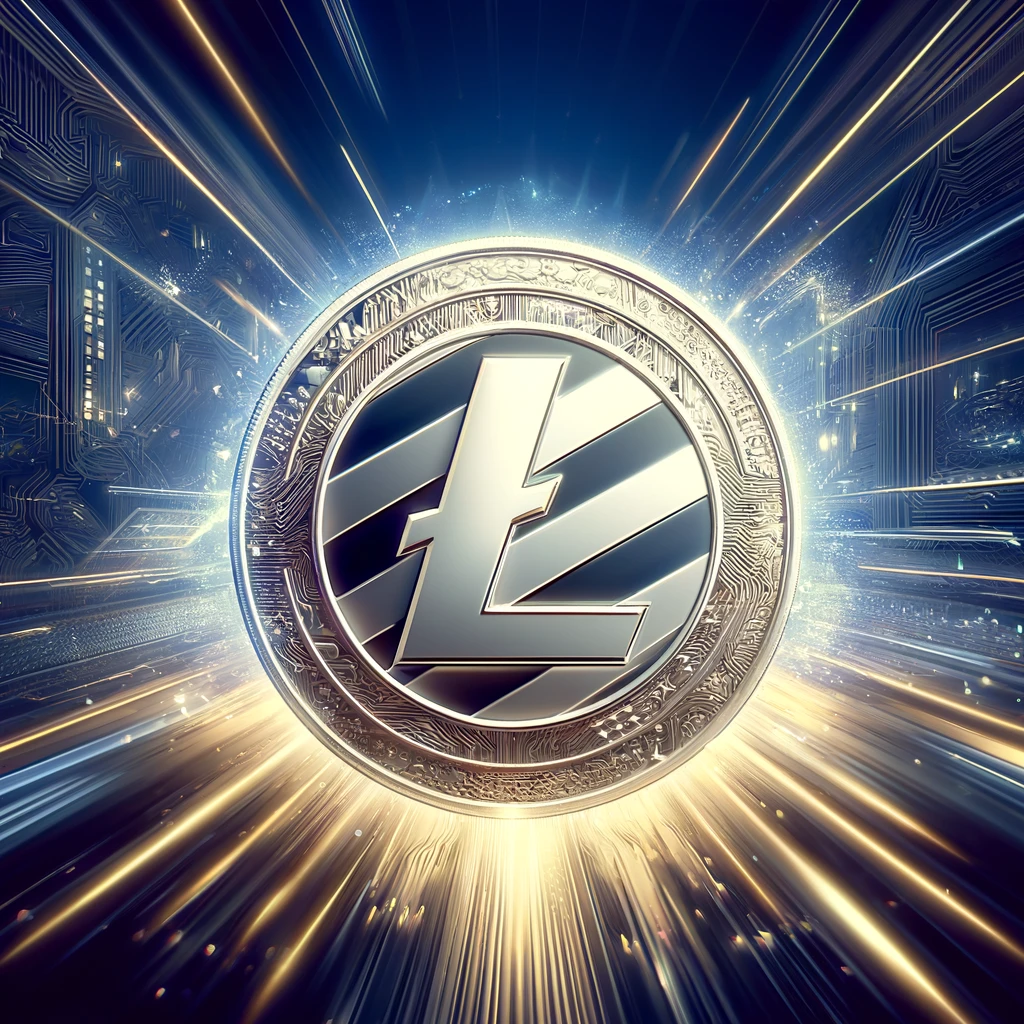
Litecoin, launched in 2011 by Charlie Lee, an MIT graduate and former Google engineer, is a peer-to-peer cryptocurrency that was designed to be the “silver to Bitcoin’s gold.” Drawing inspiration from Bitcoin, Litecoin aims to offer faster transaction times and improved efficiency. It is one of the earliest altcoins (alternative coins to Bitcoin) and has maintained a significant presence in the crowded and rapidly evolving cryptocurrency market.
Litecoin’s creation was motivated by the desire to improve upon Bitcoin’s limitations. While it shares many of Bitcoin’s foundational principles, such as the use of blockchain technology to ensure transparency and security, Litecoin differentiates itself in several key areas. One of the most notable differences is its use of the Scrypt algorithm as opposed to Bitcoin’s SHA-256. The Scrypt algorithm was chosen because it is more memory-intensive, making it more resistant to the specialized mining hardware that has led to the centralization of Bitcoin mining activities. This choice reflects Litecoin’s commitment to maintaining a more decentralized mining community.
Transaction speed is another area where Litecoin aims to outperform Bitcoin. Litecoin’s network is designed to generate blocks more frequently – every 2.5 minutes, compared to Bitcoin’s 10 minutes. This faster block generation time not only speeds up transaction processing but also enhances the network’s ability to handle a larger volume of transactions, potentially making it more suitable for everyday transactions.
In addition to its technical advancements, Litecoin has also been a pioneer in adopting new technologies and features. It was one of the first cryptocurrencies to implement Segregated Witness (SegWit), a proposed upgrade designed to increase the block size limit on a blockchain by removing signature data from Bitcoin transactions. Later, it became the first to execute a Lightning Network transaction, a second-layer solution that aims to solve Bitcoin’s scalability problem by enabling faster transactions between participating nodes. These achievements underscore Litecoin’s role as a testbed for innovations that could later be applied to Bitcoin and other cryptocurrencies.
Despite these innovations, Litecoin is not without its challenges. As with many digital currencies, it faces issues related to scalability, volatility, and regulatory uncertainty. The cryptocurrency market is known for its rapid price changes, and Litecoin has been no exception, experiencing significant price fluctuations over the years. Additionally, the increasing scrutiny from regulators around the world poses potential hurdles for Litecoin and its users.
However, Litecoin’s long-standing presence in the market speaks to its resilience and the trust it has built within the cryptocurrency community. It remains a popular choice for traders and investors, partly due to its relatively low transaction fees, fast transaction times, and widespread availability on cryptocurrency exchanges. Litecoin’s adaptability and ongoing developments suggest that it will continue to be a significant player in the broader landscape of digital currencies.
Litecoin represents an important evolution in the space of digital currencies, emphasizing speed, efficiency, and a more egalitarian mining process. Its ongoing commitment to adopting and testing new technologies positions it as both a valuable digital asset in its own right and a vital contributor to the evolution of the cryptocurrency ecosystem. As the digital currency landscape continues to evolve, Litecoin’s role in shaping the future of digital transactions remains undeniable.